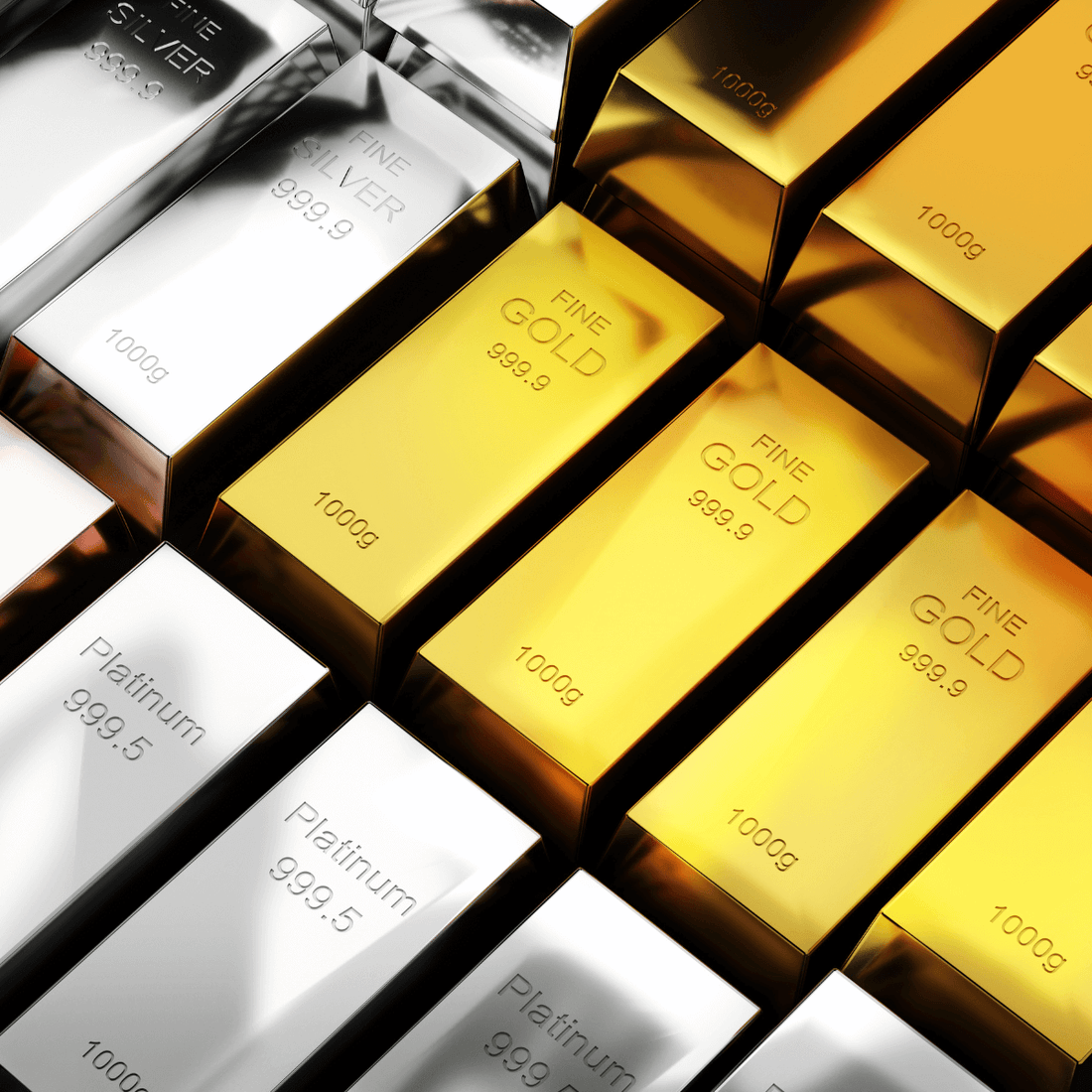
Metals: Gold, Gold Plated. Gold Filled, Vermeil and Sterling Silver 925
Share
Here’s a breakdown of the differences between gold, gold-plated, gold-filled, vermeil, and sterling 925 silver based on composition, durability, and cost.
|
Material |
Composition |
Durability |
Cost/Value |
|
Platinum |
90–95% pure platinum (naturally white metal) |
⭐⭐⭐⭐⭐ Very durable |
$$$$$ Highest cost |
|
Solid Gold |
14K = 58.5% gold, 18K = 75% gold (mixed with alloys) |
⭐⭐⭐⭐ Durable |
$$$$ High cost |
|
Sterling Silver (.925) |
92.5% silver + 7.5% copper |
⭐⭐ Soft, scratches/tarnishes |
$$ Moderate cost |
|
Vermeil |
Sterling silver base + thick gold layer (≥2.5 microns) |
⭐⭐⭐ Decent durability |
$$ Mid-range |
|
Gold-Filled |
Thick bonded layer of gold (≥5% by weight) over base metal |
⭐⭐⭐ Decent durability |
$ Affordable |
|
Silver-Plated |
Very thin silver layer over base metal (brass/copper) |
⭐ Least durable |
$ Lowest cost |
|
Gold-Plated |
Very thin gold layer (<0.5 microns) over base metal |
⭐ Least durable |
$ Lowest |